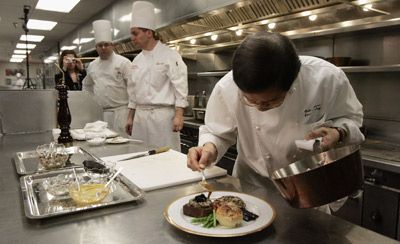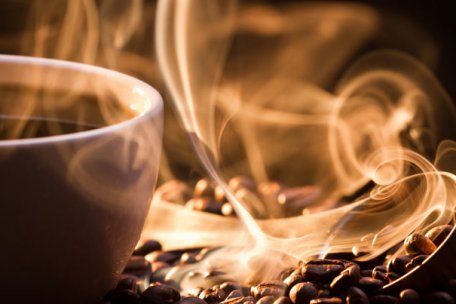So back to bubblegum. Unlike natural flavors, which can include hundreds of volatile flavor compounds that create their unique tastes and smells (more than 250 volatile components have been identified in the banana, for instance), bubblegum flavor is absolutely, well, made up.
It's derived using esters, which are flavoring chemicals with distinctive fruit-like odors that are supposed to mimic natural tastes. For instance, banana flavoring comes from the ester isoamyl acetate.
"Bubblegum flavor is a strawberry-banana-punch type of flavor," Boutin says. "It was created to appeal to the children's market, as well as some adults. It gives long-lasting flavor and chemically does well in the chewing gums formulation."
Today there are so many different flavors of bubblegum on the market, one exact "recipe" simply doesn't exist. But one thing we do know is the first bubble gum was accidentally created by Walter Diemer for the Fleer Corporation in Philadelphia in 1928. He's credited with the indescribable bubblegum flavor that we know today, and for making the gum pink because "it was the only food coloring on hand."
All of this is to say that you simply can't describe what bubblegum flavor is because it doesn't represent anything natural, like grape or blueberry. Some think it tastes like a mix of strawberry and banana flavors. Others say it's more a combination of strawberry and cinnamon (huh?).
"I'm not sure it is specific to any one flavor, but rather a blending of several: banana, strawberry, cherry, a little orange and or lemon," Boutin explains. "The exact ratios are specific to each company. Some want it to be more banana, others more strawberry-ish."
Perhaps the only consensus is the flavor is overwhelmingly fruity. We'll buy that.


